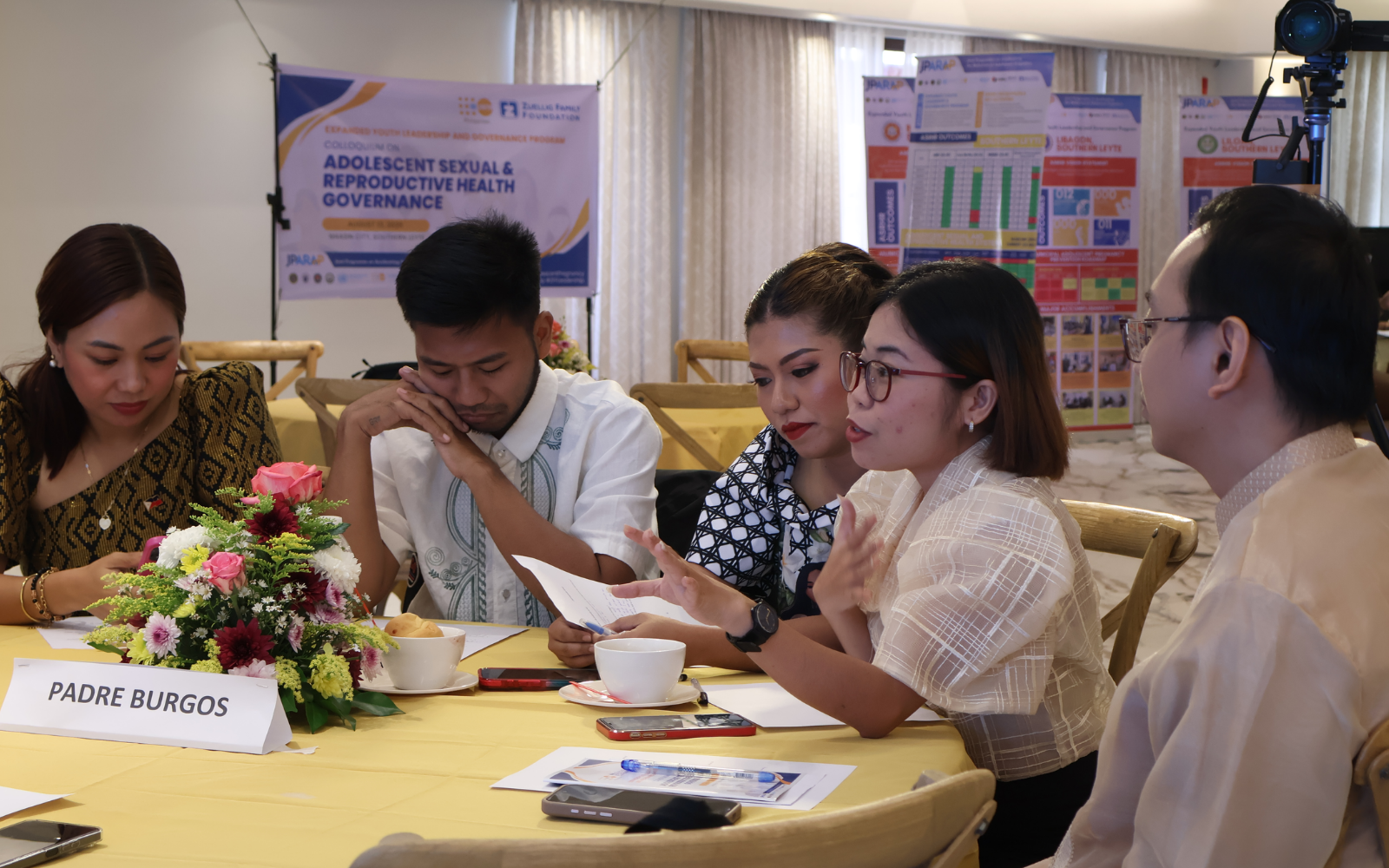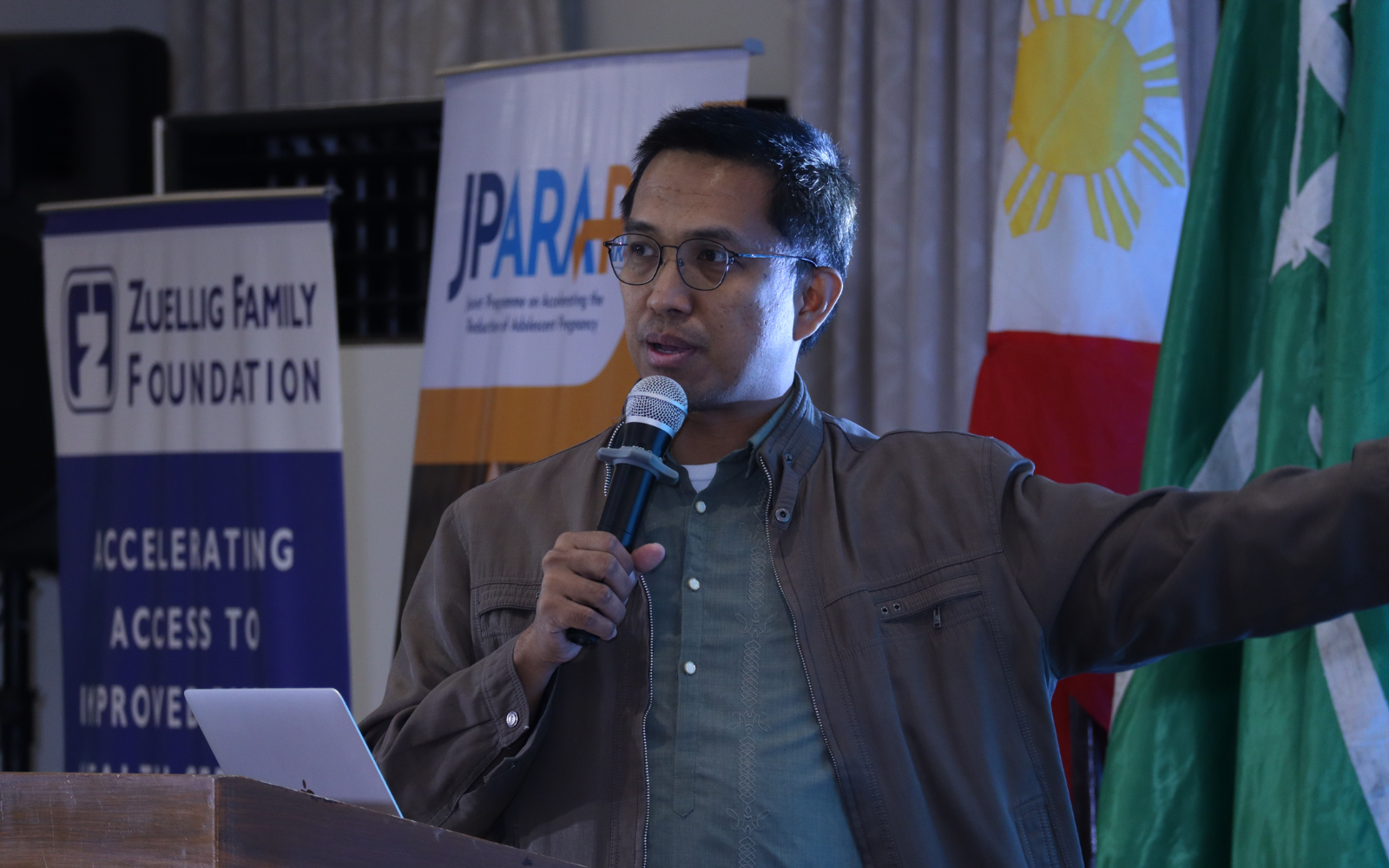Learning and Working Together: Insights from the Youth Leadership Colloquiums in Southern Leyte and Samar
Insights from the Field | by Krizzia Esperanza

Two provinces in Eastern Visayas reflected on how young people and local leaders can work side by side to address adolescent health.
Through the Expanded Youth Leadership and Governance Program (EYLGP) of the Zuellig Family Foundation in partnership with the United Nations Population Fund, Southern Leyte and Samar shared lessons, successes, and remaining challenges during their colloquiums held in August 2025.
In less than two years, our program cohort in Southern Leyte cut its adolescent birth rate by 29%, with the municipalities of Liloan and Tomas Oppus reporting zero teen births in 2024. Samar also moved forward, lowering its adolescent birth rate in partner municipalities by 5% and doubling contraceptive use among teens. Both provinces strengthened adolescent-friendly health facilities, supported peer education, and created local committees that regularly meet to tackle youth concerns.
Despite progress, both provinces face similar challenges. Births among very young girls aged 10 to 14 years old increased, often tied to gender-based violence and exposure to harmful online content. In Samar, education completion rates are also declining, while poverty continues to put many adolescents at risk. These issues show that reducing teen pregnancies is not only a health concern but also a matter of child protection, education, and community support.
Related articles:
- Youth and Local Leaders Join Forces to Prevent Teen Pregnancies in Samar
- Southern Leyte Shows Progress in Reducing Teen Pregnancies
Key Insights
Dr. Ramir Blanco, public health specialist, synthesized the insights from both colloquiums, and noted that while each province has a unique context, some common lessons stand out:
- Partnership works best when youth are seen as equal partners. Adolescents bring energy and ideas that make health programs more effective.
- Local governments need to back policies with real budgets. Commitments become meaningful only when resources follow.
- Health services must be accessible and friendly to teens. Both provinces showed that when facilities are welcoming, more adolescents use them.
- The challenge of early adolescent pregnancies requires stronger systems. This goes beyond health and must involve education, social welfare, and community protection.
As the colloquiums showed, the most powerful change comes when young people and leaders share responsibility. When adolescents are given a voice and communities stand behind them, reducing teen pregnancies becomes not just a goal, but a shared achievement for healthier, brighter futures.

